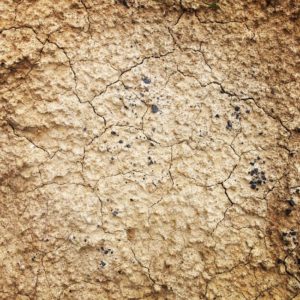What Causes Earthquakes And How Do They Happen
Earthquakes are caused by the build-up of pressure that is created when tectonic plates collide. Eventually the plates slip past each other and a huge amount of energy is released, sending seismic waves through the ground.
The point at which the fracture occurs is often several kilometres underground; it is known as the focus or hypocentre. The point directly above it on the surface is the epicentre, which is where most of the damage is caused.
Earthquakes have different characteristics depending on the type of fault line, but when they occur underwater they can trigger enormous wave capable of huge devastation – these are called tsunamis. Read also What Is The Most Common Place For Tsunamis.
How seismic waves travel through the Earth’s crust
Primary wave – P waves travel back and forth through the Earth’s crust, moving the ground in line with the wave. They are the fastest moving of the waves, travelling at about 6-11km/s (3.7-6.8mi/s), and typically arrive first with a sudden thud.
 Secondary waves – S waves move up and down, perpendicular to the direction of the wave, causing a rolling motion in the Earth’s crust. They are slower than P waves, travelling at about 3.4-7.2km/s (2.1-4.5mi/s), and can only move through solid material, not liquid.
Secondary waves – S waves move up and down, perpendicular to the direction of the wave, causing a rolling motion in the Earth’s crust. They are slower than P waves, travelling at about 3.4-7.2km/s (2.1-4.5mi/s), and can only move through solid material, not liquid.
Love waves – Unlike P and S waves, surface waves only move along the surface of the Earth and are much slower. Love waves, named after the British seismologist Augustus Edward Hough Love, are the faster of the two types and shake the ground from side to side, perpendicular to direction of the wave.
Rayleigh waves– Rayleigh waves, named after the British physicist Lord Rayleigh, are surface waves that cause the ground to shake in an elliptical motion. Surface waves arrive last during an earthquake but often cause the most damage to infrastructure due to the intense shaking they cause.
How the Earth’s surface is shaped by plate boundaries
Mountain formation – When two continental plates collide along a reverse (thrust) fault, the Earth’s crust folds, pushing slabs of rock upward to form mountains.
Rift valleys – A normal fault occurs when two plates move apart. On continents a segment of the crust slips downward to form a rift valley.
Subduction zones – Reverse (thrust) faults between continental and oceanic plates cause subduction, causing the higher-density oceanic plate to sink below the continental plate.
Ocean ridges – When a normal fault occurs between two oceanic plates, new magma rises up to fill the gap and creates ocean ridges.
Read also Facts About Earthquakes!

Comments are closed.